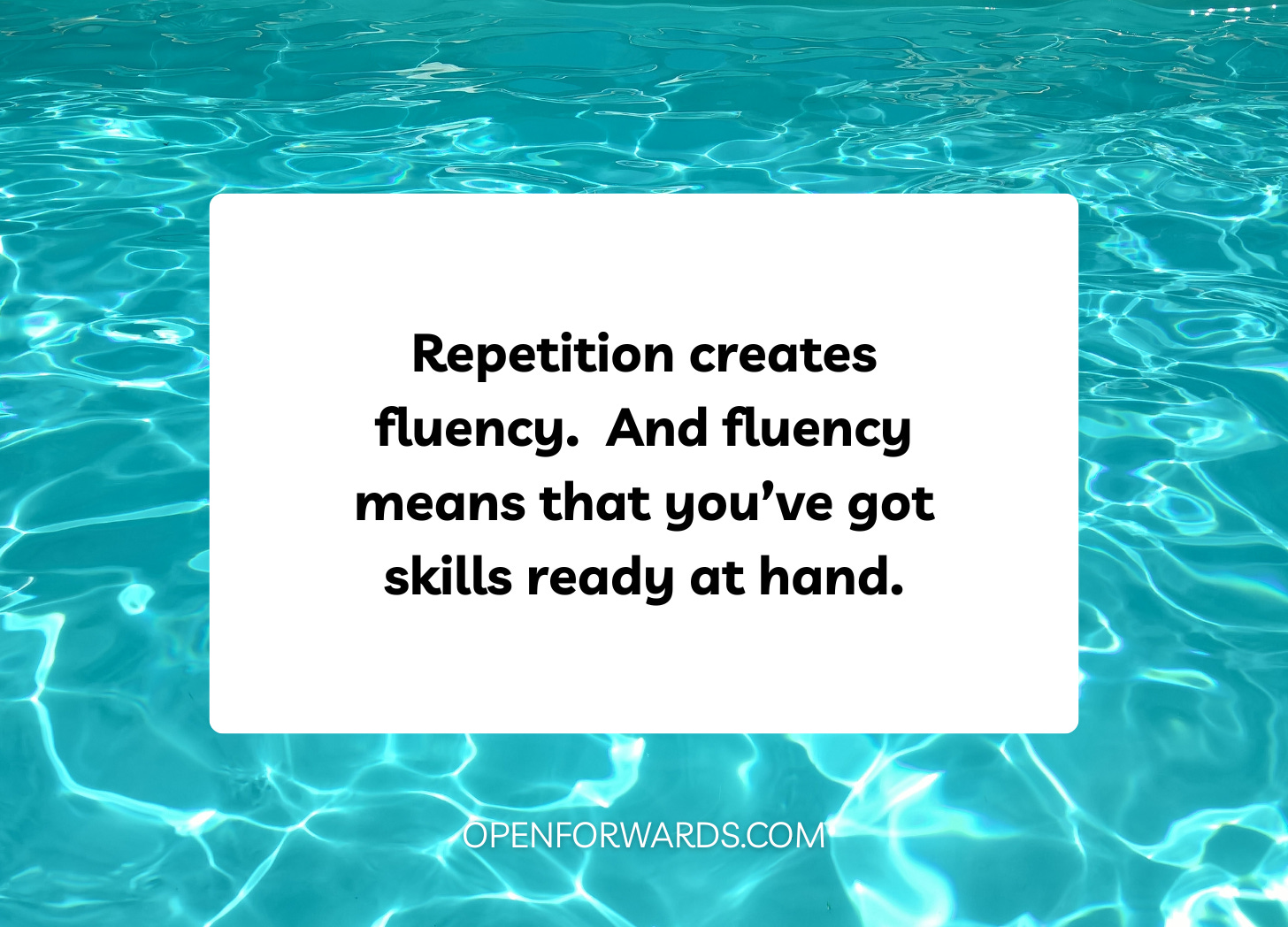Six ACT Practices You Can Return To Again and Again
“Forget novelty—why repetition is the key to teaching ACT well.”
When you’re learning skills in Acceptance and Commitment Therapy (ACT), it’s tempting to hunt for new exercises every week - a defusion metaphor here, a mindfulness trick there. But the truth is, we don’t need an endless library of techniques.
What really matters is repetition. Just like strength training, psychological flexibility grows when you return to the same “core moves” again and again. Over time, the body remembers them, the mind gets familiar, and the skills start to show up naturally in daily life.
In this post, I want to share six audio practices I’ve used with clients over the years. They are simple, structured exercises you can practise outside therapy. Each one targets a key process of ACT, and together they form a well-rounded foundation for flexibility.
Notice and Return (Present-Moment Awareness)
This is the bread-and-butter of ACT mindfulness: learning to notice where your attention is, and gently guiding it back.
You’ll drift off. That’s inevitable. But every time you catch yourself wandering and return, you’re strengthening the muscle of awareness. Like reps in the gym, each return builds capacity.
Clients often find this helpful in redirecting attention away from rumination or worry. Practising it regularly helps them “wake up” to the here-and-now, even in the middle of a stressful day.
Leaves on a Stream (Defusion)
Perhaps the most well-known ACT exercise, Leaves on a Stream trains you to see thoughts for what they are: events in the mind.
Rather than wrestling with them, you place each thought on a leaf and let it drift past. Sometimes they stick, sometimes they pile up, but that’s all part of the practice.
The goal isn’t to stop thinking—it’s to change your relationship with thoughts, so they don’t dictate your every move.
Continuous You (Self-As-Context)
This exercise invites you to experience the observing self: the continuous sense of “you” that’s been present through all of life’s changes.
It helps loosen the grip of self-stories, e.g. “I’m broken,” “I can’t handle this,” “I fail and I always will.” By touching into the perspective of awareness, clients begin to see themselves as more than the content of their minds.
It’s a grounding, often moving practice that creates space for choice.
Allowing Anxiety (Acceptance)
This exercise takes the fight out of anxiety. Instead of battling sensations, you learn to make space for them—to breathe with them, soften around them, and allow them to be present without needing to fix or avoid them.
It’s a radical shift: rather than reducing anxiety, the aim is to relate to it differently, particularly by learning to let go of control. With practice, clients discover they can live meaningful lives even in the presence of discomfort.
There I Go Rising (Values)
This values practice helps you notice moments when your deeper motivations rise up—those flickers of longing, care, or commitment.
Instead of seeing values as abstract ideals, this exercise tunes you into their lived presence, here and now. It’s about recognising the energy of values in your body and mind, and letting them guide your actions.
Riding the Wave (Committed Action)
Finally, Riding the Wave integrates all the processes. You learn to open up to difficult thoughts and feelings, stay present, connect with values, and then move forward with committed action.
It’s a practice of staying with life as it unfolds—like a surfer balancing on a moving wave—rather than waiting for conditions to be perfect before you act.
This exercise helps clients develop resilience and persistence in living according to what matters most.
Why Fewer Practices Are Often Better
ACT isn’t about dazzling clients with novelty. It’s about depth. By returning to a handful of core practices, you help clients embody flexibility rather than chase clever techniques.
Repetition creates fluency. And fluency means that, in the heat of the moment—when anxiety spikes, thoughts spiral, or urges pull—you’ve got skills ready at hand.
Building Creativity on Solid Foundations
Some therapists worry that sticking with a small set of core exercises will limit their creativity. In my experience, the opposite is true. Once you and your clients become familiar with a few fundamental practices in each ACT process, you build the confidence and flexibility to adapt them in countless ways.
For example, Allowing Anxiety can easily become Allowing Sadness in the context of grief, or Allowing Anger when someone is struggling with conflict. The structure stays the same, but the focus shifts to what’s most relevant in the client’s life.
You can also start to co-create new practices together. Maybe you and your client design a metaphor that captures the pull of excessive control in their particular situation—or a vivid image of what “letting go” might look like for them. These personal touches often land far more deeply than any pre-packaged example.
Creativity in ACT isn’t about inventing endless exercises. It’s about grounding yourself in the fundamentals, and then shaping them with the client in front of you. Think of the six practices as musical scales: once you’ve mastered them, you’re free to improvise.
Want to Go Deeper?
I’ve recorded all six of these exercises so you can try them for yourself. You’ll find them on my Substack, ready to play or download.
And if you’d like more free resources for learning ACT—articles, tools, and training—come and join the ACT Learning Free Hub. It’s a space for therapists and coaches to grow confidence in applying ACT, with a library of bite-sized materials you can use straight away.


